All machinery is prone to developing problems, including overheating, and vacuum pumps and blowers are no different.
If your vacuum pump shows signs of overheating, you must take immediate action to prevent damage to the pump and ensure the safety of workers and the immediate environment.
Overheating can be caused by a variety of factors, including environmental factors, excessive workload, insufficient cooling, or a malfunction. Here are the steps you should follow if your vacuum pump overheats:
- Shut Down the Pump: The first and most critical step is to turn off the vacuum pump. This will stop the source of heat generation and prevent further damage.
- Allow It To Cool Down: Leave the pump to cool down naturally. Opening or tampering with it while it’s still hot can be dangerous.
- Check the Environment: Ensure that the area around the pump is well-ventilated. Poor ventilation can contribute to overheating. Remove any obstructions that might prevent decent airflow.
- Inspect the Pump: Once the pump has cooled down sufficiently, visually inspect it for any obvious signs of damage or wear. Look for loose or damaged components, oil leaks, or anything that may have caused the overheating.
- Check Oil Levels: Many vacuum pumps rely on oil for lubrication and cooling. Check the oil level in the pump. If it’s low, top it up to the recommended level with the appropriate type of oil. Ensure you’re using the correct oil specified in the manufacturer’s guidelines.
- Clean the Pump: Dust and debris can accumulate on the pump’s surfaces and cooling fins, reducing its ability to dissipate heat. Clean the pump’s exterior carefully with a soft brush or compressed air.
- Inspect the Cooling System: If your vacuum pump has a cooling system (e.g., a fan or radiator), make sure it’s working properly. Clean any dust or dirt from cooling fins or blades and ensure that the fan is operational.
- Check the Vacuum System: Inspect the vacuum system for any blockages or restrictions that might have caused the pump to work harder than usual, leading to overheating.
- Review Operating Conditions: Review the operating conditions of the vacuum pump. Ensure that it’s not being used beyond its specified capacity. If necessary, adjust the workload or consider upgrading to a larger pump if it’s consistently overloaded.
- Consult an Engineer: If you’re unable to identify the cause of the overheating or if the issue persists after taking the above steps, contact a qualified technician for assistance. They can provide guidance, perform diagnostics, and recommend necessary repairs or maintenance.
Remember that vacuum pumps and blowers are complex machines, and attempting to repair them without the proper knowledge and tools can be dangerous and potentially cause further damage. Safety should always be a top priority when dealing with overheating equipment.
Our engineers are on hand to deal with any issues you may have, please get in touch by phone or email.
Phone: 01302 439133
Mobile: 07498 644840
Email: enquiries@ivacps.co.uk
